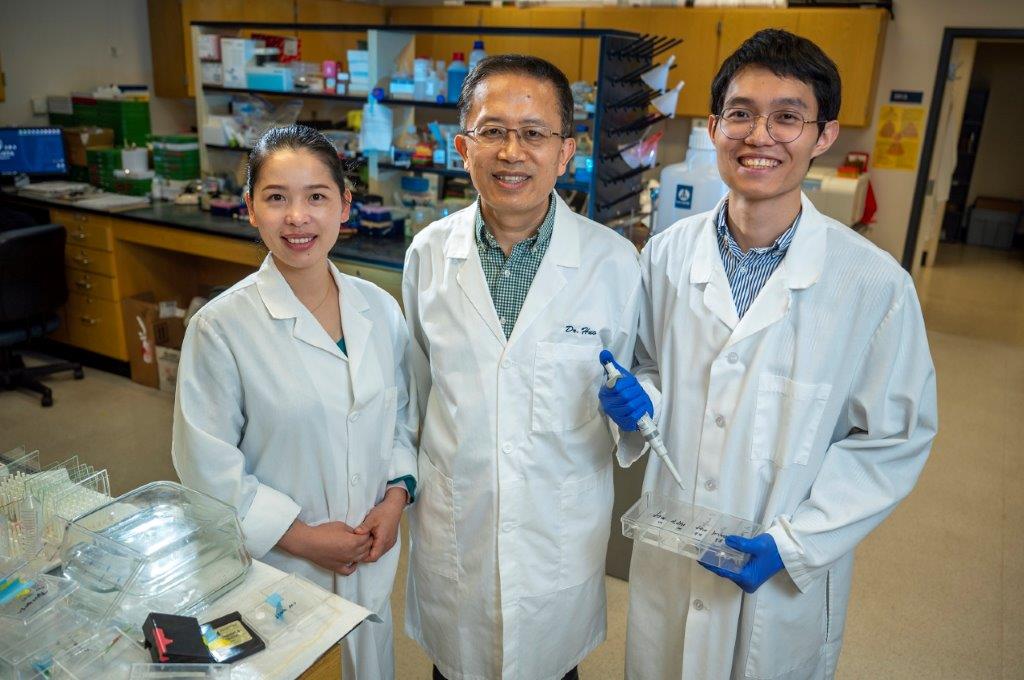Potential AMD target identified
US researchers have found that deleting a gene in mice reduced the subretinal fibrosis associated with nAMD, indicating a new therapeutic target to treat the nearly two-thirds of nAMD patients for whom anti-VEGF treatment is ineffective.
Led by Drs Yongfeng Cai, Qiuhua Yang and Yuqing Huo from Augusta University’s Vascular Biology Center, the research team previously reported the anti-inflammatory and antiangiogenic effects of inhibiting the gene encoding adenosine receptor 2A (Adora2a) in endothelial cells, which has been implicated in cardiovascular disease. In mouse models of subretinal fibrosis, deletion of the ADORA2A gene also reduced subretinal fibrosis, independently of angiogenesis, the team has now reported in Science Translational Medicine.
The next target is to generate an antibody to be delivered intravitreally, said Dr Huo. “An antibody could really block both excessive blood vessel growth, the early stage of AMD, and fibrosis, the late stage of AMD. Our findings indicate that blocking Adora2a can certainly target multiple stages of this disease, which might be much more efficient than current treatments.”



























